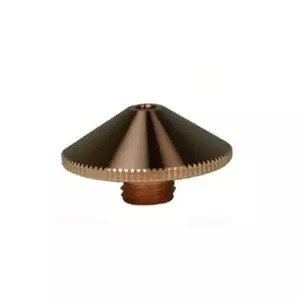Is it welcoming invitations, danger warnings, or shining signboards of comfort and relaxations that rule our world? Be it simple restroom signs, directional street signs, 10-foot tall letters advertising corporations, top skyscrapers, and important communication tools. They help you navigate everyday life facets, even if it might sometimes feel like blocking the scenery.
These types of signage are useful for industrial purposes and require elaborative engineering and professional installation. In this post, let us show you the ways you can make signboards use them professionally.
How to make a sign:
Out of all the endeavors, signs are some of the straightforward lasers cut projects. There are many things one must consider from size, laser machines, try to use the one which has amada parts and fanuc CNC parts as they are easy to replace, and material to design the overall aesthetics.

The sign consists of three things:
Audience + Message + Delivery Method
Audience: This includes the number of people you are trying to communicate with. It consists of things like age, gender, language, reading ability, etc.
Message: It includes things like what you are trying to communicate, i.e., rules, ideas, or images.
Delivery Method: It includes the best way to convey the message to your audience, i.e., either verbally, graphically, or both the ways. At what distance the message you need to see, what colors can communicate the message while attracting the audience’s attention, what is the perfect location for your message to grab your audience’s attention.
Once you set these three things, then you can start with making your signs. In the old days, you might need to have a tradesperson, a perfect painter whose hands are steady. But, with the advancements in technology, laser cutting is making these things easier to handle.
1. Make signs using laser cutting:
Laser cutters are an easy solution for making signs. Lasers can cut and engrave designs from flat sheet materials like acrylic, metal, or wood. The output is always pixel perfect and depends on the material thickness, and is three dimensional, which makes it look professional.
It provides easy options from flat panel to individual letters to backlit or edge-lit designs. For the artsy types who want to bring some uniformity in hand-painted signs, then you can cut custom stencils. You just need to start making signs via laser cutting as a vector design file, and this can also help the laser to work.
Pro-tip: While designing, make sure to consider the position of the sign. Whether it will be hanging, mounted, or freestanding, this will provide you with clarity on how many holes, hooks, or screws you need to add. Additionally, make sure to consider the size and weight of the sign. You can display the small interior signs using small adhesive screws. Whereas on large sign boards will need heavy hardware to install securely.
1. Laser cutting process:
- Set the type of sign that is best suited for your audience, message, and delivery method.
- Choose the sign material from different materials like metal, plastic, wood, etc.
- Draw the designs on the computer
- Send it to the laser printing/engraving machine
- See you parts being created
- So if any finishing touches needed
- Sell the product
While designing, make sure to research some of the basic design principles, so your signboard comes out very well and has aesthetics added to it.
2. Turning designs into signs:
If you are making a signboard, then providing a vector based file is essential to cut the design properly. Pixel-based pictures are not a perfect solution to solve. If the sign includes text, expanding the font to curves will ensure that the letters cut correctly without any actual font file loading on the laser cutting computers.
Make sure to follow the above-given instructions using the correct laser machine, which has parts like Amada parts and Fanuc CNC parts, making it easy for you to replace when and where needed.
Source: https://altpartsinc.wixsite.com/altpartsinc/single-post/laser-cut-signs-ideas-for-your-businesses




